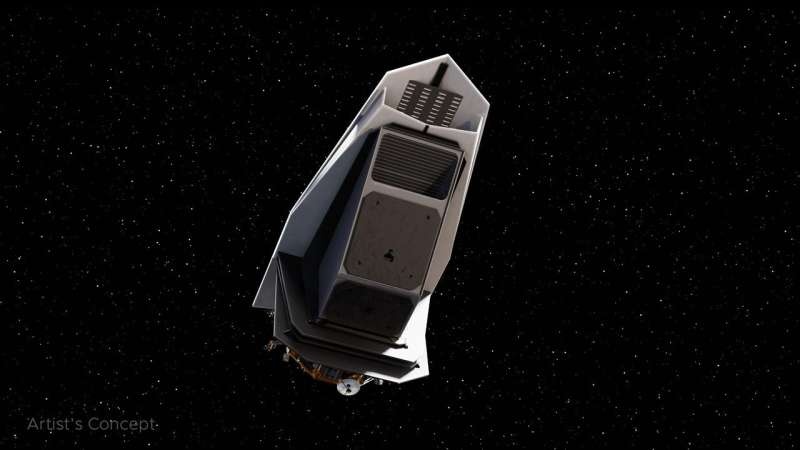NASA’s Near-Earth Object Surveyor (NEO Surveyor) is set to revolutionize our understanding of hazardous asteroids and comets. This cutting-edge infrared space telescope is designed to detect the hardest-to-find celestial objects that could pose a threat to our planet, paving the way for enhanced planetary defense.

The Cutting-Edge Telescope
NEO Surveyor is an incredible piece of engineering, and a nifty workaround to some of the limitations on spotting and tracking near-Earth objects using conventional telescopes. At its heart is a sizable sunshield capable of cutting down on the light and heat from the sun that interfere with most observations an observatory might attempt concerning bodies coming in toward Earth from the direction of the sun.
Anastigmat The telescope employs a three-mirror anastigmat design, with curved mirrors focusing light onto infrared detectors capable of detecting the weakest sources in the sky. Mercury-cadmium-telluride detectors don’t need cryogenic cooling that could limit the lifetime of a spacecraft. But the telescope will stay cool by parking in an orbit past the moon, where it’s well beyond Earth’s warmth.
To unwrap the enigma of dangerous asteroids
NEO Surveyor’s main goal is to give humanity the capability to find and follow the most dangerous asteroids and comets years to decades before they strike Earth, and if necessary action can be taken in time to prevent such a disaster. The NEO Surveyor system is equipped with infrared technology, whereas visible-light telescopes have trouble distinguishing between very reflective small objects and large dark objects.
The telescope will use its infrared light-collecting capability to spy the infrared glow of near-Earth objects as they are heated by the sun, allowing it to spot even the darkest asteroids and comets that shine dimly if at all in visible light. Identifying the most dangerous objects that might someday slam into us is pivotal for this. The data collected by NEO Surveyor will help with planetary defense as well as help to better understand the origins and evolution of these puzzling objects.
Conclusion
Building NEO Surveyor is a big step in NASA’s ongoing effort to address the threat of hazardous asteroids and comets to our planet. The infrared telescope will be able to detect the most elusive of these objects that are not bright enough in visible light for other telescopes to see, transforming our knowledge of this part of space and providing the information we need to prepare more informed planetary defense strategies. It is tantalizing to think about the revolutionary discoveries and leading-edge science on asteroids and comets that NEO Surveyor will soon provide as the spacecraft materializes at JPL.
